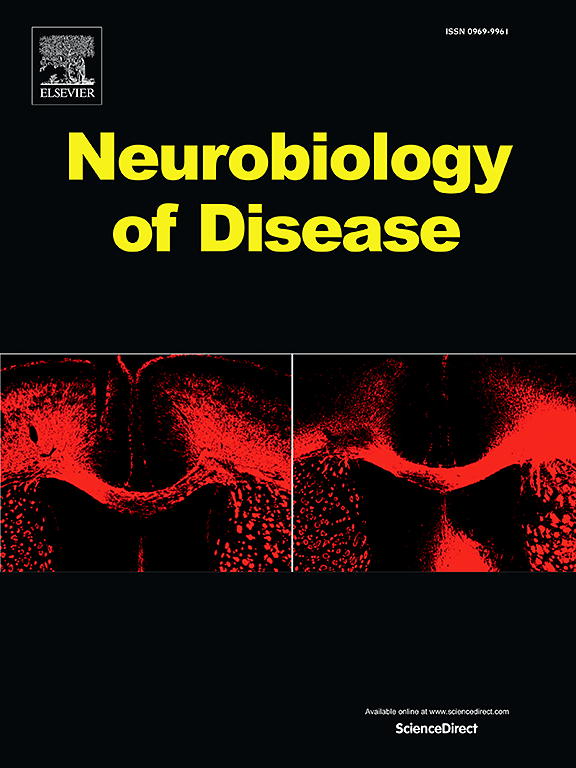Long-term exposure to anti-GluA3 antibodies triggers functional and structural changes in hippocampal neurons
IF 5.1
2区 医学
Q1 NEUROSCIENCES
引用次数: 0
Abstract
Autoantibodies targeting the GluA3 subunit of AMPA receptors (AMPARs) are implicated in various neurological disorders, including Rasmussen's encephalitis, epilepsy, and frontotemporal dementia. However, their precise role in disease pathology remains insufficiently understood. This study investigated the long-term effects of human anti-GluA3 antibodies (anti-GluA3 hIgGs) on neuronal morphology and function using primary rat hippocampal neurons. We found that long-term exposure to anti-GluA3 hIgGs leads to the delocalisation of GluA3-containing AMPARs at extrasynaptic sites. This molecular event is correlated to dendritic arbor reorganisation, characterised by increased complexity near the soma and progressive simplification in distal regions as well as an increase in the number of shorter dendrites and a corresponding loss of longer ones, thus suggesting altered dendritic pruning dynamics. The altered neuronal architecture was accompanied by an increase in the number of dendritic spines and a modification of their morphology, indicating relevant changes in synaptic connectivity. Functionally, anti-GluA3 hIgGs significantly enhanced NMDA receptor-mediated postsynaptic Ca2+ currents and increased nuclear levels of phosphorylated cAMP response element-binding protein (CREB), indicating altered signal transduction. Overall, our study provides critical insights into the role of anti-GluA3 hIgGs in disease and potentially identifies new therapeutic targets for pathological conditions where they are present.

求助全文
约1分钟内获得全文
求助全文
来源期刊

Neurobiology of Disease
医学-神经科学
CiteScore
11.20
自引率
3.30%
发文量
270
审稿时长
76 days
期刊介绍:
Neurobiology of Disease is a major international journal at the interface between basic and clinical neuroscience. The journal provides a forum for the publication of top quality research papers on: molecular and cellular definitions of disease mechanisms, the neural systems and underpinning behavioral disorders, the genetics of inherited neurological and psychiatric diseases, nervous system aging, and findings relevant to the development of new therapies.
 求助内容:
求助内容: 应助结果提醒方式:
应助结果提醒方式:


